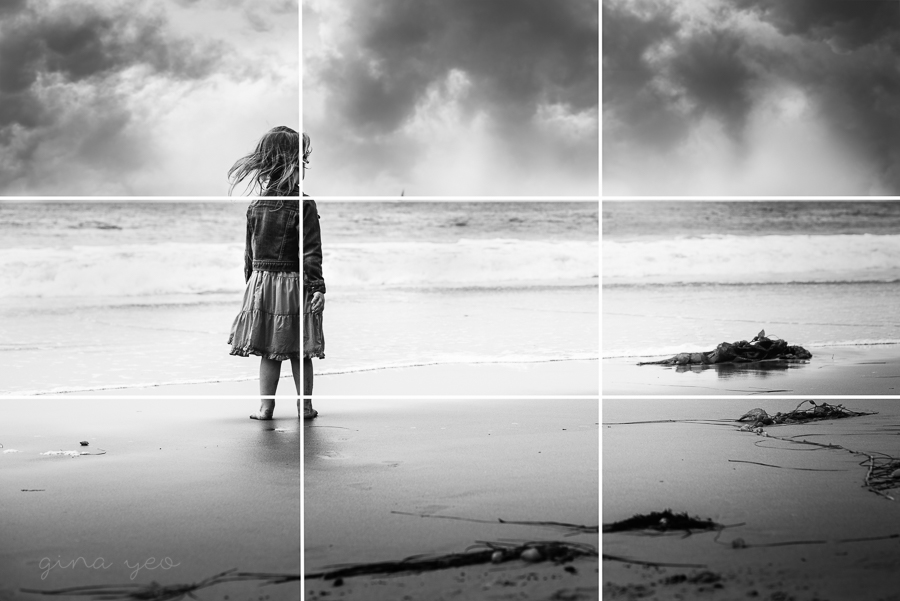Taking your photography to the next level could be as simple as following the Rule of Thirds, a basic and easy to use composition technique that can increase viewer engagement, maximize visual impact, and transform your images from good to great.
The Rule of Thirds provides a means of reliably creating balanced, visually pleasing photographic compositions based on the way the human eye naturally moves and focuses when viewing an image.
Though the principle has been used by artists throughout history, the technique was first described and given its name in the 18th century by painter, author, and engraver John Thomas Smith. Since that time the Rule of Thirds has become one of the most widely recognized and followed photographic techniques.
The Basics of The Rule Of Thirds
The Rule of Thirds is based on dividing an image into a symmetrical 3 x 3 grid like a tic tac toe board, with two equally spaced vertical lines that intersect with two equally spaced horizontal lines. Visualizing the grid overlaying your image may be challenging at first, but it quickly becomes automatic and effortless as you consistently use the Rule of Thirds to compose images.

In some cases, your camera can actually do the visualizing for you; many digital cameras have a convenient built-in function that allows the photographer to actually see the grid through the viewfinder.
This grid serves as the framework on which the subject and objects of interest are positioned.
The four points where the lines intersect are the strongest focal points, and the lines themselves are the second strongest focal points
The theory behind the rule is that placing objects of interest on the intersection points or along the lines rather than in the center of the picture will not only create a balanced and visually appealing image, it will enable viewers to interact with the image more naturally; studies have shown that most people naturally focus first on one of the intersection points rather than in the center of the image.
Using the Rule of Thirds to compose photographs ensures that viewers are immediately drawn to your subject without distraction or visual confusion. In addition, aligning horizontal or vertical lines within the image to the lines in the grid can significantly enhance visual impact and allow the eye to travel naturally around the image. This can be particularly important in landscapes, seascapes, or any image with an obvious horizon line.
Using the Rule of Thirds to compose your images not only reliably creates photos that work with rather than against the way we naturally focus, but it can also add interest and help you tell your story by giving your pictures a sense of movement, energy, and direction.
Source: https://www.exposureguide.com/